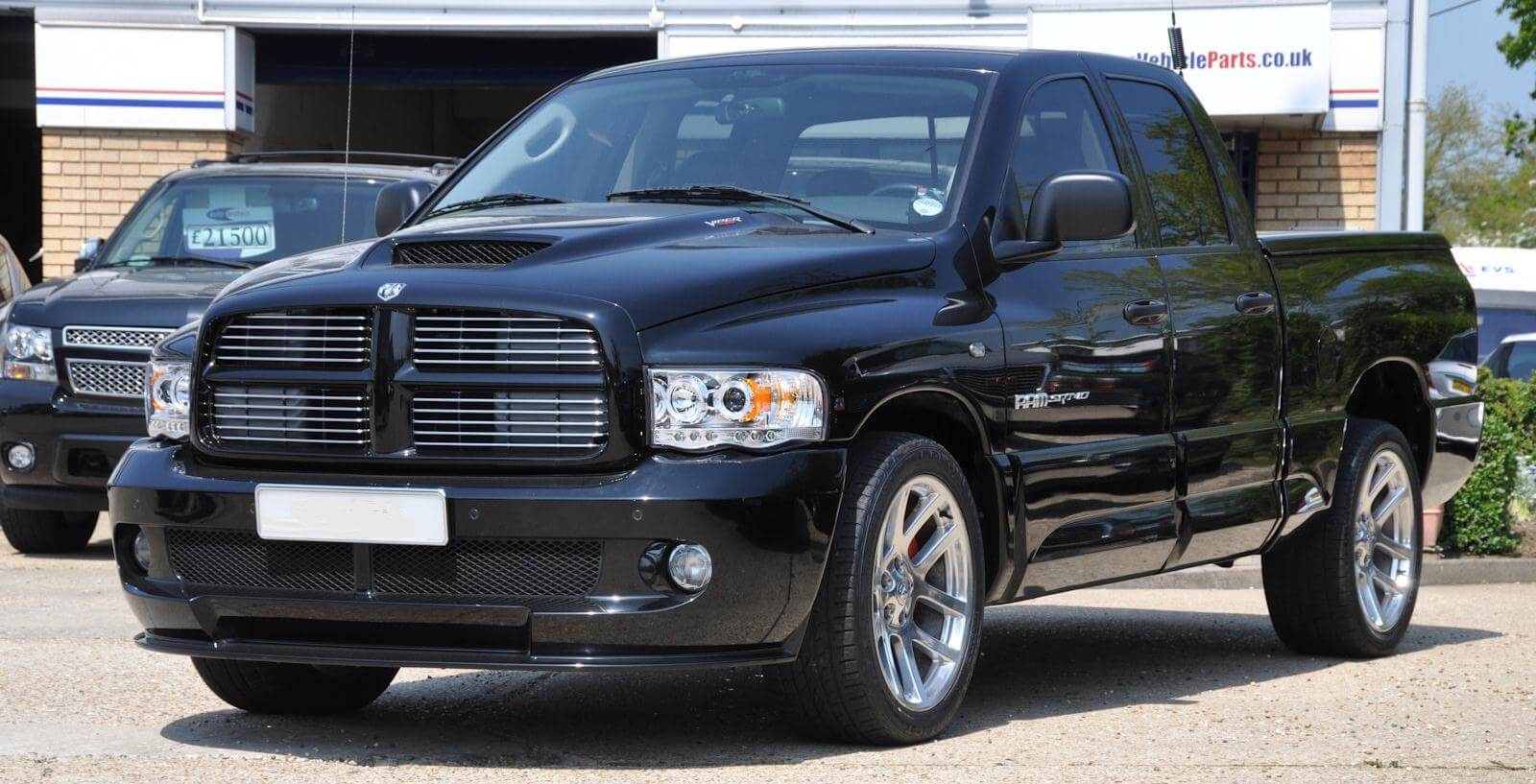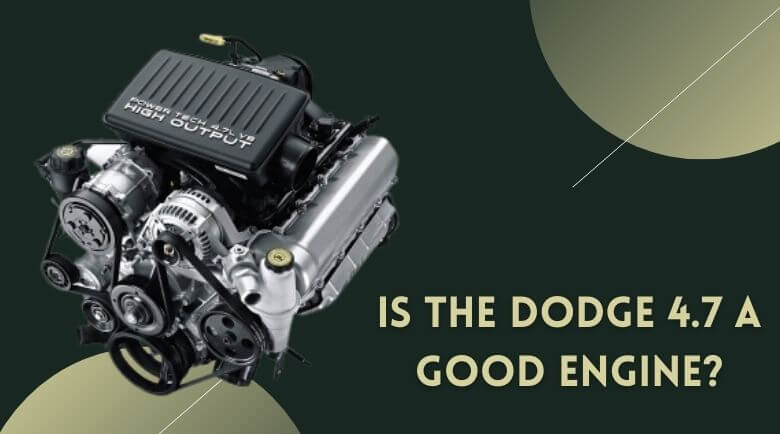A good engine means a great life expectancy for your vehicle. The Chrysler 4.7L V8 PowerTech was first seen in the 1999 Jeep Grand Cherokee. From the very first designs and specs, it has been a talk of the town. This particular engine has been subject to many speculations and “mixed” opinions, which is exactly why you might be here too. In this “know-it-all” article about the Dodge 4.7, you will understand everything there is to know about the engine, putting an end to your concerns/curiosities.
Important Specs and Features of Dodge 4.7 Engine:
If you are a car enthusiast and really want to get into the details:
1) Cylinder Block Head:
The production years of the Dodge 4.7 have been 1999-2013. It contains a Cylinder Block Head made of cast-iron with a 4.09 inch (104 mm) bore spacing, a 9.09 inch (231 mm) deck height, and a 90-degree angle between cylinder banks. What’s interesting is, the block was designed from scratch with all new dimensions.
2) Cylinder Heads:
The engine is accompanied by cylinder heads made with cast aluminum alloy. Between the cylinder block and cylinder heads, there is a three-layer laminated stainless steel gasket.
3) Fuel injection system + Speed Control:
The engine consists of an electronic fuel injection system, also known as sequential multi-port injection. The engine speed is kept in control by an electronic throttle body (fly-by-wire), which has a diameter of 2.56 inches (65 mm). The engine also features a modern coil-on-plug ignition system along with a hybrid cooling fan system.
4) Compression Ratio + Horsepower:
The 4.7L V8 has a compression ratio of 9.7:1 (High-output version) and 9.8:1 (2008+ versions), high-compression domed pistons, two knock sensors, new camshafts, and a tuned intake. The engine has an added 30 horsepower (310 horsepower) and 35 lb-ft of torque compared to a basic engine. In the Jeep Grand Cherokee, post-2005, the 4.7L version was replaced by a newer 5.7L V8, except certain models until 2008.
 The longest that PowerTech V8 4.7L engine was in use was on the Dodge Ram 1500 – until 2013. Chrysler replaced this 4.7-liter V8 power unit with more technical and innovative engines like the 3.6 V6 Pentastar.
The longest that PowerTech V8 4.7L engine was in use was on the Dodge Ram 1500 – until 2013. Chrysler replaced this 4.7-liter V8 power unit with more technical and innovative engines like the 3.6 V6 Pentastar.
Is the Dodge 4.7 a Good Engine?
The dodge 4.7 is very simple and durable in design. It has a tough cast-iron block, a minimal amount of electronic systems to fail, and reliable timing chains. Despite so many features, it has received mixed reviews. The reason – the Dodge 4.7 doesn’t come without its problems – Some of which include broken exhaust manifold bolts, engine overheating and blowing head gaskets, along with engine sludge buildup. Again, it should be noticed that these problems do not affect every truck that is out there by any means.
The Most Common Problems:
- When the oil thickens, and your engine performance reduces significantly. This is known as Oil Sludge, which also impacts your engine performance. This clutter can be compared to a clogged artery, slowing your engine.
- Engine Failure, a problem that arises when you do not address oil sludge on time, adds to the engine’s depreciation overall. (The Dodge 4.7 demands on time and regular maintenance)
- All the vehicle parts are inherently connected. And it goes without saying, failure of one part leads to a performance sludge in other parts as well – known as Component Breakdown.
- A pretty straightforward issue, Overheating, is usually seen from the gauges while driving. It is very common if you drive your vehicle for too long or have pending maintenance work.
- You might have experienced a disconcerting foam on the removal of the oil cap. This is a result of air being in a place it should not, which causes (small) bubbles. This is called Oil Foaming, another common issue faced in the Dodge 4.7.
Some other issues include engine ticking noises, maintenance issues, problems with hydraulic lash adjusters. It received mixed reviews, and maybe some people started taking the name “dodge” quite seriously. However, the bottom line is that the engine had a stable design but was maintenance-hungry, which sometimes created some issues. Overall, in my opinion, it was a good engine for its time.

